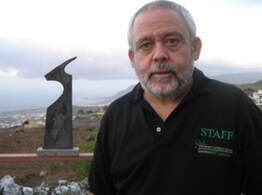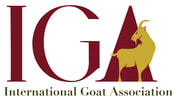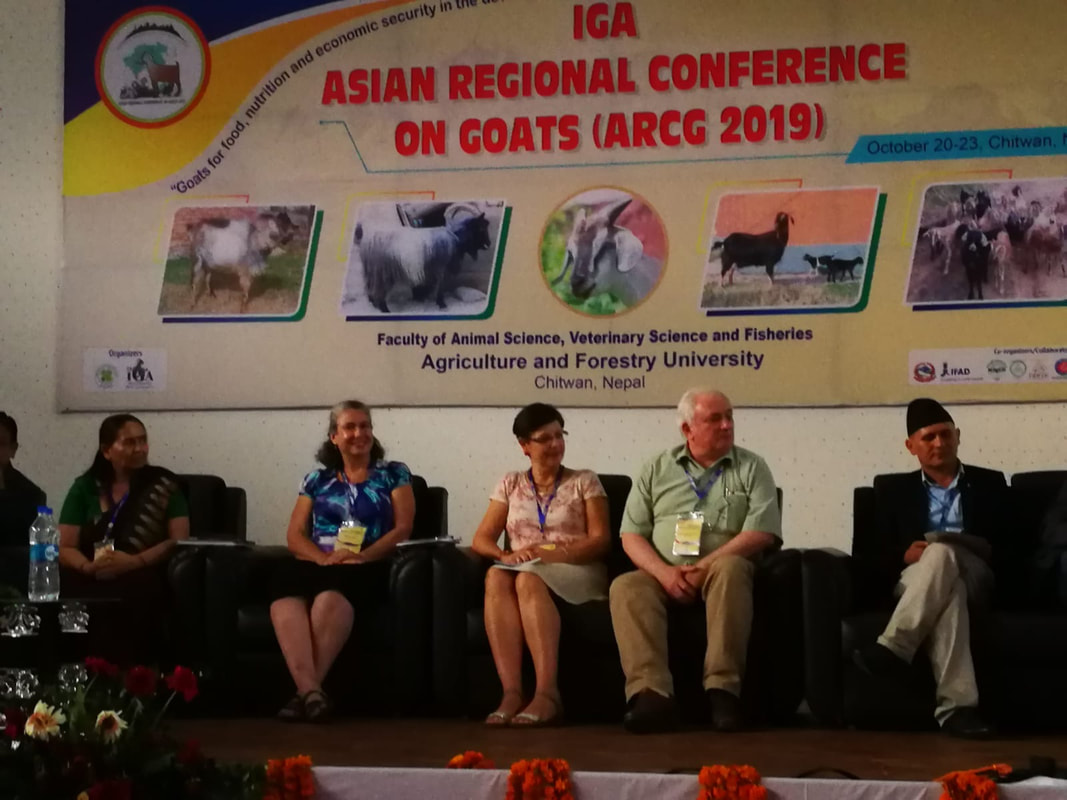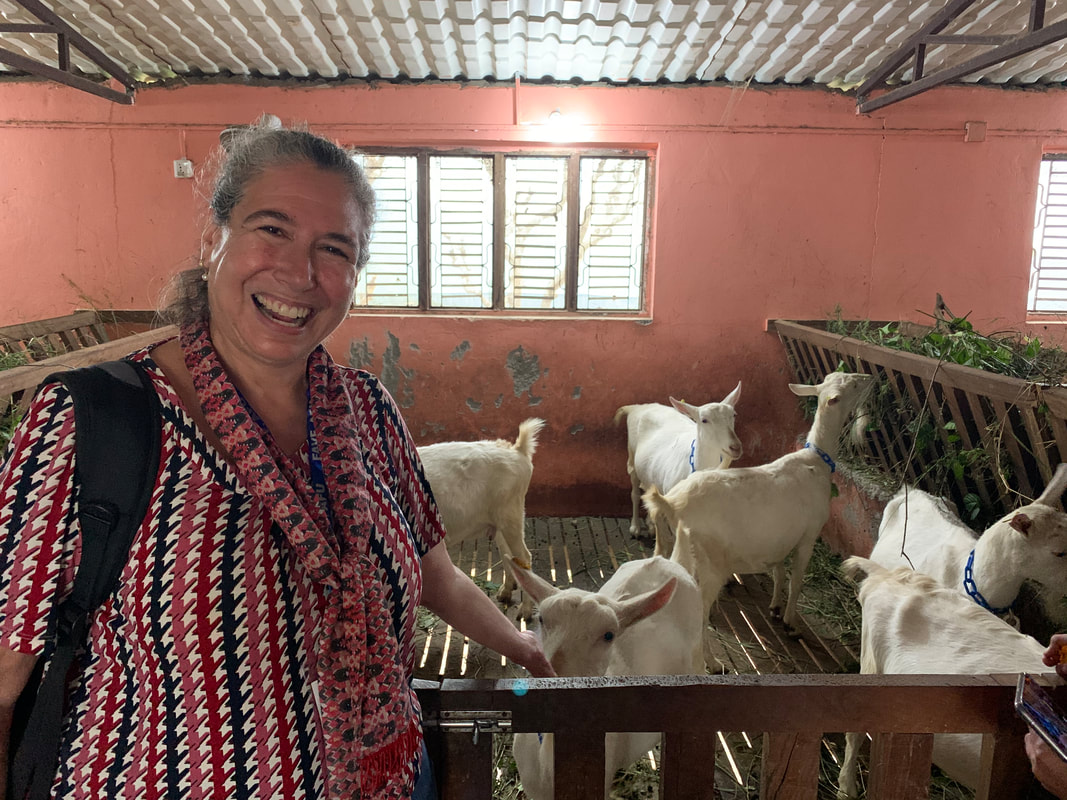|
Professor Christopher D. Lu, Chair of IGA’s Membership Committee, member of the IGA Advisory Board, and former President of IGA recently completed an accreditation assignment by invitation from the Senior College and University Commission of Western Association of Schools and Colleges (WASC).
The WASC Senior College and University Commission (WSCUC) is a regional accrediting agency for colleges and universities awarding bachelor’s degrees or more advanced degrees. WSCUC accredits institutions in California, Hawaii, and the Pacific, and many outside the USA. The U.S. Department of Education recognizes WSCUC as certifying institutional eligibility for federal funding in several programs, including student access to federal financial aid. As stated in its web page, “ WSCUC pursues excellence and innovation. With equity at its core—success for all students—WSCUC pursues excellence through rigorous accreditation standards applied flexibly, empowering all its member institutions to achieve their missions.” This assignment was Dr. Lu’s third time serving on the accreditation team since his role as Vice Chancellor for Academic Affair and Accreditation Liaison Officer at the University of Hawaii at Hilo.
0 Comments
The International Goat Association wishes to give special honor to Dr. Christopher D. Lu  Dr. Christopher D. Lu is a scholar and a retired tenured Professor of the University of Hawai’i-Hilo. He is a devoted member of IGA and served many years on the Board of Directors, Vice-President from 1996 to 2004, IGA’s President from 2004 to 2008, and Past-President from 2008 to 2012. He is also an active member of the IGA Advisory Board. As President of IGA, Dr. Lu strengthened general membership and grew our finances. He laid the foundation for our robust Regional Directors and Country Representatives system, expanded the IGA website and electronic newsletter. Dr. Lu and his wife, Hsin, established the C. W. Lu Young Scientist Award, given to IGA members who have demonstrated excellence in research in any area of goat science and have held their Ph.D. for a period not greater than ten years. Dr. Lu was the founding director of the American Institute for Goat Research in Oklahoma. He has published over 270 refereed journal articles, refereed conference papers, invited papers, invited presentations, book chapters, and books that relate to his interest in ruminant nutrition, international development, and education. His scholarly works contributed to advances in understanding nutrient requirements, nutritional physiology, and nutritional biochemistry in ruminants. A course presented by Dr. Christopher Lu in December 2019 National Taiwan University invited Professor Christopher D. Lu to offer a course entitled, “Goat and the World” at the Department of Animal Science and Technology in December 2019. Dr. Lu covered the following subjects:
Registration for Dr. Lu’s course reached full capacity within 24 hours. It was one of the largest classes in the history of the department. A sample of the comments from students who participated included:
 First, I would like to thank the host organization and the people of Nepal for your warm welcome and hospitality. You are genuinely lovely people, and I appreciate your sincerity and friendship. Congratulations go to the Faculty of Animal Science, Veterinary Science and Fisheries at the Agriculture and Forestry University for a successful conference. Comparing to the outcomes of the Conference and the efforts to elevate the importance of goats as a species that can alleviate poverty, and improve food security and nutrition, our little inconvenience during the very long-distance traveling becomes so trivial. Just like the goal of increasing production efficiency of goats, quality is far more important than quantity. I understand that there are many conferences to be hosted by the University in the near future, I encourage the university to engage in a thought process to focus more on the quality of scientific programs, more participation by the students and faculty, and a smoother logistic arrangement.  Marisia Geraci, Neena Gorkhali, Sharada Thapaliya, and Beth Miller Marisia Geraci, Neena Gorkhali, Sharada Thapaliya, and Beth Miller The Asian Regional Conference on Goats has just concluded and was an incredible success. The conference was held from October 20th to 23rd in Chitwan, Nepal, with the support of the Ministry of Agriculture and Livestock Development, Department of Livestock Services, Nepal Agricultural Research Council, Heifer International Nepal, and University Grants Commission. The main aim of the conference was to gather researchers, academicians, and development entities to exchange knowledge and technologies generated in the field of goat research and development across the globe. To learn more, visit the conference website: afu.edu.np/vet/arcg2019.  After an outstanding life-long career with Canarian Agricultural Research Institute (Instituto Canario de Investigaciones Agrarias), Dr. Juan Capote has decided to retire after serving many years as its Director of Animal, Pasture, and Forage Production Unit. A native of Santa Cruz de La Palma in Canary Islands, Dr. Capote’s academic credentials include a Diploma in Health from Real Academia de Medicina, a BSc in Biology from Universidad de La Laguna, a BSc in Veterinary Studies from UCM - Madrid, and a Ph.D. from University of Las Palmas de Gran Canaria. Dr. Capote contributed significantly to the advancement of the scientific knowledge with 217 publications including books, chapters, scientific and technical articles. He also had 180 presentations at various national and international conferences  Upon invitation, Professor Lu, IGA President 2004-2008, delivered a keynote speech at the Summer Meeting of the Chinese Association of Animal Science in June 2018, Tainan, Taiwan. The Meeting was held at Taiwan Livestock Research Institute (TLRI), an IGA gold institutional member. The topic of the presentation was “Global Trends of Animal Production and New Agricultural Policy in Taiwan.” Professor Lu discussed global trends in population growth, food production, food imbalance, as well as social and environmental costs associated with these trends. Water scarcity, soil degradation, ecosystem stress, biodiversity loss, decreasing forest cover, and high levels of greenhouse gas emissions are among the most severe environmental costs discussed.  Dairy has intertwined with human society since the beginning of civilization. It evolves from art in ancient society to science in the modern world. Its roles in nutrition and health are underscored by the continuous increase in global consumption. Milk production increased by almost 50% in just the past quarter century alone. Population growth, income rise, nutritional awareness, and science and technology advancement contributed to a continuous trend of increased milk production and consumption globally. With a fourfold increase in milk production per cow since the 1940s, the contemporary dairy industry produces more milk with fewer cows, and consumes less feed and water per liter of milk produced. The dairy sector is diversified, as people from a wider geographical distribution are consuming milk, from cattle to species such as buffalo, goat, sheep, and camel. The dairy industry continues to experience structural changes that impact society, economy, and environment. Organic dairy emerged in the 1990s as consumers increasingly began viewing it as an appropriate way of both farming and rural living. Animal welfare, environmental preservation, product safety, and health benefit are important considerations in consuming and producing organic dairy products. Large dairy operations have encountered many environmental issues related to elevated greenhouse gas emissions. Dairy cattle are second only to beef cattle as the largest livestock contributors in methane emission. Disparity in greenhouse gas emissions per dairy animal among geographical regions can be attributed to production efficiency. Although a number of scientific advancements have implications in the inhibition of methanogenesis, improvements in production efficiency through feeding, nutrition, genetic selection, and management remain promising for the mitigation of greenhouse gas emissions from dairy animals. This article describes the trends in milk production and consumption, the debates over the role of milk in human nutrition, the global outlook of organic dairy, the abatement of greenhouse gas emissions from dairy animals, as well as scientific and technological developments in nutrition, genetics, reproduction, and management in the dairy sector. READ MORE... Upon invitation, Professor Christopher Lu visited the Institute of Animal Husbandry and Veterinary Medicine of Guizhou Academy of Agricultural Sciences during 2016. Dr. Lu presented an invited paper entitled “Overview of Global Meat Goat Industry”.
There are approximately one billion goats in the world, mostly for meat purposes. The top ten countries with the largest goat populations are China, India, Pakistan, Nigeria, Bangladesh, Sudan, Kenya, Ethiopia, Iran, and Mali. There are about three million goats in the United States with a continued increasing trend since the 1980’s. Written by Dr. Christopher Lu
This is an advance summary of a forthcoming article in the Oxford Research Encyclopedia of Environmental Science. Please check back later for the full article. Dairy has intertwined with human society since the beginning of civilization. It evolves from the arts in ancient societies to science in the modern world. Its roles in nutrition and health are underscored by the continuous increase in global consumption. Milk production increased by almost 50%, just in the past quarter century alone. Population growth, income rise, nutritional awareness, and science and technology advancement have contributed to a continuous trend of increased milk production and consumption globally. |
IGA Blog
The International Goat Association promotes goat research and development for the benefit of humankind, to alleviate poverty, to promote prosperity and to improve the quality of life. Archives
May 2024
Categories
All
|
|
International Goat Association
2516 Millbrook Rd., Little Rock, AR72227 USA email: [email protected] -454-1641 |













 RSS Feed
RSS Feed